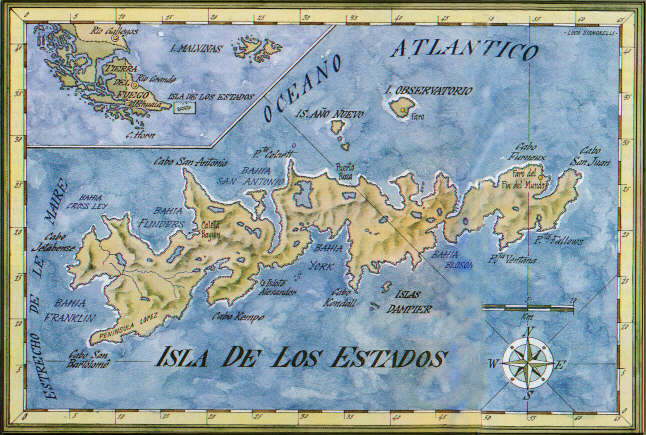Proceeds from the unique system of air injection molded, it is possible to use a thicker plastic and viscous than that used in rotation molded kayaks. This yields a stronger kayak, rigid and durable, which competes in performance and durability with kayaks and carbon fiber laminates, at a fraction of the price.
The first kayak Prijon of this type was built in 1983 and is still afloat, being paddled leisurely for its owner.
KAYAKS EQUIPMENT
The equipment for sea kayaks or cruise is designed for comfort and efficiency over long distances. Large range of adjustment provide a perfect fit in the kayak. Hatches, lifelines (rope around the deck of the kayak) and networks provide transport to cover everything you need in big expeditions.
Besides the bow and stern hatches make the kayak is unsinkable
Lifeline which also serves to tie the equipments of the deck. Mooring and towing lines. The foam sheet provide added stiffness to the hull of the kayak. Networks bow and stern deck that allow little things necessary to hand. Pre-installation of rudder allowing optional rudder mount in minutes.
FLEX SYSTEM 4

Optimal use of space and weight distribution:
As you can see in this picture you can stow your kayak properly distributing the weight in both hatches
fore and aft and on deck and taking advantage of the gap between the backrest and hatch. Always place the heaviest along the bottom of your kayak for more stability.

Hatches fore and aft.
Double neoprene and plastic cap to provide a perfect seal.
Wide mouth for easy loading.
Neoprene cover to prevent entry of water.
Plastic cover to prevent external shocks.
FLEX SYSTEM 4

Four possible regulations for a perfect fit. Seat and back upholstered in series to provide great comfort and they are adjustable even while sitting in your kayak. His sleeves prevent sweating in summer and insulating the cold in winter.
1) The position of the footrest to the rudder pedals can be adjusted to the length of your legs.
2) Legguards padded and adjustable for a perfect position of the knees and have your kayak and better management of slopes and canting.
3) Release the two side screws you can adjust the seating position about 10 cm.
4) a sling subject to a gag, to adjust the backrest position when seated in your kayak.
HATCH PRIJON DECK BOX

Many of our kayaks are equipped with the hatch sealed with round cover for small hand-carried items.
Hochleistungsthermoplastic: High Performance Polyethylene

Prijon kayaks are constructed with high-performance polyethylene or HTP. HTP molecule is ten times larger, with 30% higher longitudinal stiffness and 25% more torsional rigidity than a kayak rotomolded. This same material is used in other products such as ski racing or industrial applications where hardness and durability of the material are important.
The length of the molecule of HTP combined with the pressure of our molding blown process produces a very dense plastic and some very strong bonds between each molecule. As a result, Prijon kayaks are the most solid, rigid and durable in the world.
The molding process is controlled by computer through a specialized program that controls the temperature, the flow of material, water and air pressure, according to the specific requirements of the design of kayaks. The HTP material emerges from a molder to 20 feet off the ground, from a pipe with a thickness and long close to the kayak. The mold is closed around the tube and a loud bang is heard as the air is injected at 145 psi (pounds per square inch), this pressure causes the HTP assume the shape of the mold. After it cools, the mold is removed and a new kayak Prijon emerge, ready for final trim and equipment.











No hay comentarios:
Publicar un comentario